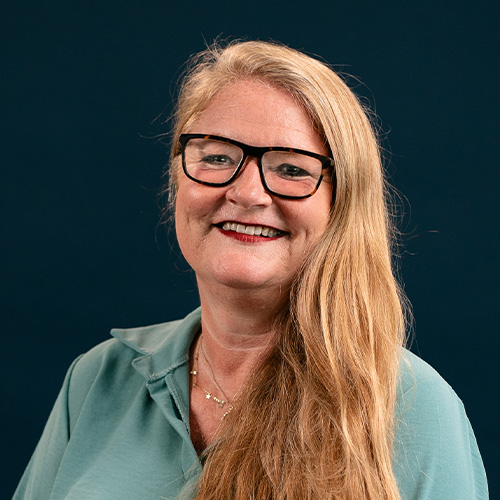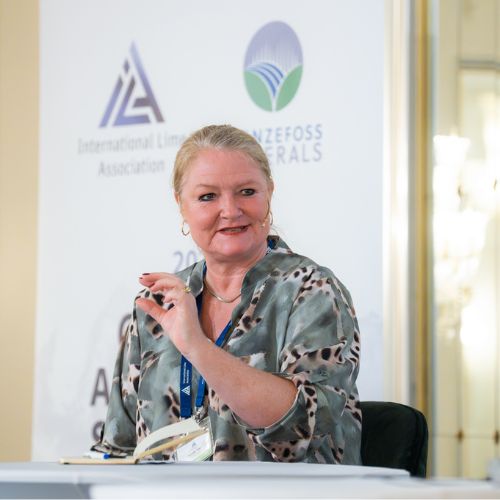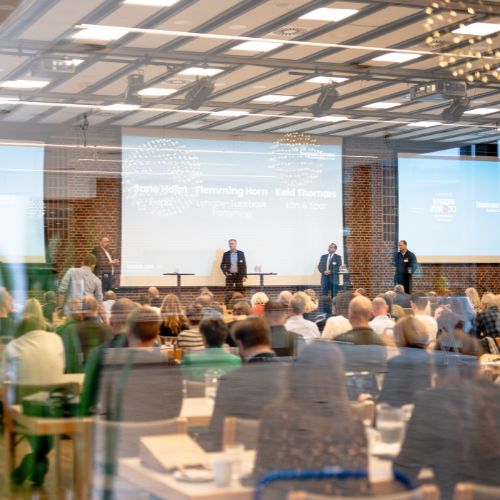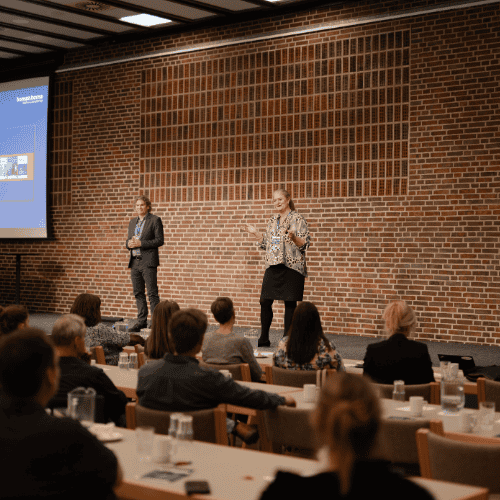
When Health and Safety Becomes a Shared Responsibility
At Cook Medical, Vision Zero is more than just a campaign or a strategy – it has become an integral part of the company’s culture. The initiative has led to visible improvements, including fewer workplace accidents, stronger collaboration, and a health and safety effort that is embedded in everyday operations.
– I was first introduced to Vision Zero at the World Congress on Safety and Health in 2017. I immediately recognised its potential. What particularly stood out to me was that the strategy not only addresses accidents and injuries but also encompasses health and wellbeing as essential elements of the working environment, says Lotte Thagesen, EHS Specialist at Cook Medical.
A Strategy that Is Easy to Understand
One of the reasons why Vision Zero resonated so strongly with Cook Medical is its simplicity and clarity – it’s easy to communicate and understand across all levels of the organisation.
– When implementing any initiative, it’s vital that everyone can grasp it. Vision Zero provides us with a shared language and a unifying framework for our working environment. It makes the concept familiar and accessible, Lotte Thagesen explains.
As a result, management at Cook Medical chose to embed Vision Zero directly into the company’s business plan. This integration ensures that health and safety are not treated as standalone efforts, but as a natural part of daily operations and strategic objectives.
Gradual Implementation with a Focus on Shared Ownership
The implementation of Vision Zero at Cook Medical has been a gradual process. The first step was to establish a shared understanding of what Vision Zero entails and why it matters.
– We’ve worked hard to cultivate a strong prevention culture where both managers and employees take responsibility. This requires a common baseline of knowledge so that everyone can take ownership. We continuously refer to the strategy in our health and safety activities to build familiarity and consistency, Lotte Thagesen says.
To ensure the strategy is fully integrated into daily routines, Vision Zero has been incorporated into existing meeting structures. This keeps the initiative alive and relevant in everyday work.
– Health and safety shouldn’t be confined to a specialist department. It must be part of operations – part of daily life, informal conversations, and everyday decisions, she adds.
Fewer Accidents and Stronger Collaboration
According to Lotte Thagesen, the results speak for themselves.
– As part of our Vision Zero journey and our progression on the Vision Zero Maturity Scale Model, we assess our safety culture through the psychological workplace assessment every three years. This allows us to track our development – and we’ve already seen a marked reduction in workplace accidents, she notes.
At the same time, collaboration has improved significantly, particularly during periods of change or organisational restructuring.
– We’ve fostered a culture of openness and constructive feedback, where employees feel comfortable both acknowledging good ideas and raising concerns, she emphasises.
Small Steps, Big Impact
Cook Medical’s experience demonstrates that building a stronger working environment doesn’t necessarily require grand, complex solutions – rather, it’s about taking small, deliberate steps that everyone can follow.
– When you start something, you need to see it through until it’s firmly embedded. There’s no point in launching 117 initiatives at once. It’s far more effective to keep things simple and ensure they become part of everyday life, says Lotte Thagesen.
In her view, this approach makes all the difference:
– When health and safety are approached in a straightforward and practical way – and discussed regularly – the impact is significant. It fosters a culture of mutual support and care, she says.
This mindset has also enabled her colleagues, Production Managers Mitte Jeppesen and Jesper Nielsen, to make health and safety a natural part of daily planning and operations.
– One concrete example is that, as managers, we ask about employees’ wellbeing during our daily whiteboard meetings – and whether there’s anything they’re concerned about in relation to the day’s tasks, says Mitte Jeppesen. Jesper Nielsen adds:
– At first, this was quite a challenge – both for us as managers and for the employees. But today, it feels completely natural for someone to say, ‘I’m feeling a bit off today,’ or ‘We’re under pressure because three colleagues are off sick.’




